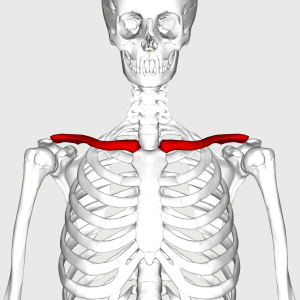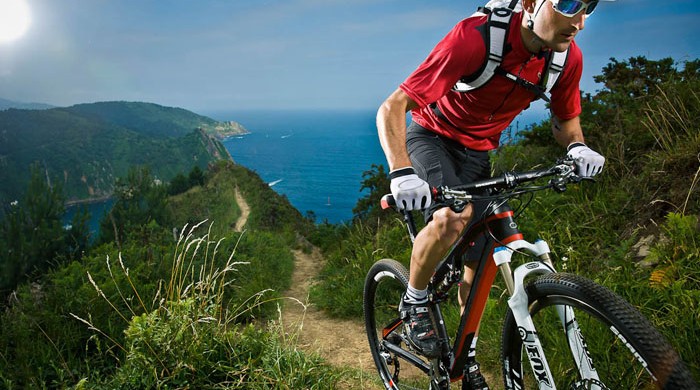There was a 25 year old gentleman who was mountain biking when he flipped off his mountain bike and had a fracture of his right clavicle (collar bone). The fracture was significantly displaced, angulated and rotated. The breadth of his chest and shoulder were shortened. He had surgical reconstruction of the clavicle to restore its length and breadth. He now has full function of the shoulder and cosmetically a much improved appearance.
The Clavicle Bone
Your clavicle is the bone that runs horizontally between the top of your breastbone (sternum) and shoulder blade (scapula). The clavicle (also called the collarbone) helps connect the arm to the body. You can feel it by touching the area between your neck and your shoulder. Most people can see the clavicle beneath the skin when they look in the mirror.
Clavicle Fracture Prevention
Because clavicle fractures happen suddenly and unexpectedly, it can be hard to prevent them. But you can take a few precautions to decrease your risk:
– When participating in contact sports, wear all the recommended protective gear and learn the proper techniques for your sport. Knowing the right way to play decreases the chances of an awkward fall or unexpected blow.
– Keep your bones strong by eating a well-balanced diet. Be sure to eat lots of vegetables and foods that are rich in calcium and vitamin D to help build strong bones
– Do strength training and stretching to build strong, flexible muscles. Muscles that are strong and flexible will help support your bones better and keep you agile and less likely to experience a hard fall. A proper warm-up, including dynamic stretching exercises, can help your muscles perform at their best during play.
– Wear well-fitting, supportive footwear that’s right for your sport.



Comments are closed.

